Perfecting Your Game: Pickleball Net Height Explained
The official pickleball net height is 34 inches at the center and 36 inches at the sidelines. This measurement is vital for fair play and ensuring the game’s integrity. This article will explain why this height matters, how to measure it, and other essential details.
Key Takeaways
-
The official pickleball net height is 34 inches at the center and 36 inches at the sidelines, crucial for fair gameplay dynamics.
-
Accurate measurement and proper setup of the pickleball net are essential for maintaining game quality and preventing unfair advantages.
-
Understanding the differences between pickleball and tennis nets, including height and width, is vital for ensuring appropriate court setups.
Official Pickleball Net Height
The official height of a pickleball net is crucial for fair and balanced gameplay. The standards dictate a net height of 34 inches at the center and 36 inches at the sidelines. This slight dip in the middle is intentional; it allows for a lower shot trajectory, significantly influencing game dynamics. The standard pickleball net height is essential for maintaining these standards, including the correct pickleball net height.
The historical context behind these measurements is quite interesting. The height at the center was inspired by Joel Pritchard’s waist, one of the founders of pickleball, which measured exactly 34 inches. This seemingly small detail has had a lasting impact on the game’s official dimensions of a pickleball and ensures a consistent playing experience across all courts.
Appreciating these dimensions helps players understand the game’s structure. A net that meets official height guidelines and the official rules ensures fair shots and volleys, maintaining competitive integrity.
How to Measure Pickleball Net Height Accurately
Accurately measuring your pickleball net height is vital for maintaining game quality. Small variations can impact shot precision and fairness. A measuring tape or a specialized net height tool works best for this task.
To measure the height accurately, place one end of the measuring tape on the ground and extend it to the top of the net at the center and sidelines. The net should be 34 inches at the center and 36 inches at the sidelines, which is equivalent to one foot. Regular checks before and during matches ensure compliance with official standard height standards.
Incorrect net height can cause unfair advantages, disadvantages, and disputes among players. Taking the time to measure your net heights correctly contributes to ensure fair play and an enjoyable playing environment for everyone.
Differences Between Pickleball Nets and Tennis Nets
Pickleball nets and tennis nets may seem similar at a glance, but they have critical differences that affect gameplay. The most noticeable difference is in height. A pickleball net stands at 36 inches at the posts and sags to 34 inches at the center, whereas a tennis net’s height stands at 42 inches at the posts and sags to 36 inches at the center, making the tennis net slightly lower at the center.
Another significant difference is the width. A pickleball net is 22 feet wide, much shorter than a tennis net, which spans 42 feet for doubles play. This size difference is essential because it affects the positioning and movement strategies in both sports.
The materials used in tennis nets are typically more robust to withstand the heavier weight and higher impact of tennis balls. Using a tennis net for pickleball can disrupt gameplay because the net’s height and material are designed for a different type of ball and sport dynamics, unlike a standard pickleball net. Additionally, using pickleball and tennis nets interchangeably can lead to further complications in gameplay.
Understanding these differences helps players set up their courts correctly and appreciate the unique aspects of each game played.
Setting Up Your Pickleball Net Correctly
Setting up your pickleball net correctly is vital for fair play and smooth gameplay. Check the net height before each match and during breaks to ensure it meets regulation pickleball. Proper net tension is crucial, as a sagging net can disrupt gameplay and lead to disputes.
Centering the net on the court is also crucial. Misalignment can lead to unfair advantages and affect game balance. The following steps will guide you through setting up your net correctly.
Ensuring Proper Tension
Proper tension in your pickleball net prevents sagging and ensures fair play. A well-adjusted net should be firm but not overly tight. Regular adjustments keep the net from losing tension over time.
Proper tension prevents sagging, which can affect the ball’s trajectory. Consistent net tension ensures a stable playing surface, contributing to fair play and a more enjoyable game for all skill levels.
Centering the Net on the Court
Aligning the net with the court’s center line is crucial for balanced gameplay, as it plays a crucial role in ensuring the net is centrally positioned between the sideline and the sidelines to ensure both sides of the court are equal.
Using a center strap, typically made from nylon webbing, helps maintain the correct height at the center of the net. Ensuring the net is centered and properly aligned prevents interruptions and maintains fairness during play.
Portable Pickleball Nets vs Permanent Nets
Choosing between portable and permanent pickleball nets depends on your needs and playing environment. Portable nets are highly flexible, allowing you to set up and play in various locations, from gym floors to driveways. They are ideal for casual play and can be easily stored and transported.
However, portable nets may require ongoing adjustments during play to maintain proper height and tension. Permanent nets provide exceptional stability as they are anchored into the ground, making them ideal for consistent play without frequent adjustments.
While portable nets are more affordable initially, permanent nets may offer cost savings in the long run due to lower maintenance needs. Consider your playing frequency, location, and budget when deciding which type of net is best.
Common Issues with Pickleball Nets and Solutions
Even with the best setup, pickleball nets can encounter issues that disrupt gameplay. One common problem is sagging, which can occur due to loose or improperly tensioned nets. Ensuring that support straps and poles are tight and fully extended prevents this issue.
Instability is another frequent issue, particularly with portable nets if their bases are too light or the surface is uneven. Adding weights or ensuring proper anchoring improves stability. Additionally, reinforcing hollow net frames with materials like rebar can help maintain their shape and prevent sagging.
Frayed top tape and connector failures are other issues that can arise with frequent use and exposure to the elements. Regular maintenance and timely replacements ensure your net remains in good condition and provides a fair playing experience.
Can You Play Pickleball on a Tennis Court?
Adapting a tennis court for pickleball is entirely feasible with a few adjustments:
-
Mark the court correctly.
-
Adjust the net height to create a temporary pickleball court.
-
Utilize the larger dimensions of a tennis court to accommodate multiple pickleball courts.
Using tape or chalk to mark the pickleball court lines allows for a temporary lines setup that doesn’t damage the tennis court surface. Proper net alignment and ensuring the surface is flat and free from obstacles are crucial for optimal gameplay.
Hard court surfaces are generally suitable for pickleball, providing a consistent bounce similar to dedicated standard pickleball courts. This adaptability allows tennis players to enjoy pickleball and tennis on a flat surface without needing a dedicated tennis courts.
Materials Used in Pickleball Nets
The materials used in pickleball nets ensure durability and optimal performance. Common materials include nylon and polyethylene, preventing the ball from passing through the net. More robust materials like polypropylene enhance longevity.
For outdoor nets:
-
Weather-resistant coatings protect against environmental factors like UV rays and moisture.
-
Storing nets indoor and outdoor during extreme weather extends their lifespan.
-
Applying UV protection also helps to extend their lifespan.
To prevent corrosion or rust on net frames, especially in coastal areas, powder-coated or stainless-steel materials are effective. This ensures your net system remains in good condition, providing a consistent playing experience.
Summary
Understanding the correct pickleball net height and how to set it up properly is crucial for fair and enjoyable gameplay. From measuring the net accurately to choosing between portable and permanent nets, each aspect plays a vital role in the overall playing experience.
By following the guidelines and tips provided in this guide, you can ensure that your pickleball games are fair, competitive, and fun. Embrace the joy of pickleball with confidence, knowing that your net is set up correctly for every match.
Frequently Asked Questions
Is there a height tolerance for pickleball nets?
Yes, there is a height tolerance for pickleball nets; they should be 34 inches high at the center and 36 inches at the sidelines. Utilizing a center strap can help ensure the net is properly adjusted.
What is the net height for pickleball?
The net height for pickleball is 36 inches at the sidelines and 34 inches at the center of the court. This height is notably lower than that of a standard tennis net.
Can I use a tennis net to play pickleball?
Using a tennis net for pickleball is not ideal, as its height and material can hinder the flow of the game. It's best to use a proper pickleball net for an optimal experience.
How can I prevent my pickleball net from sagging?
To prevent your pickleball net from sagging, make sure the support straps and poles are tightly secured, and consider reinforcing hollow net frames with materials such as rebar. This will help maintain proper tension and stability in your setup.
What materials are pickleball nets made from?
Pickleball nets are primarily constructed from durable mesh materials such as nylon, polyethylene, or polypropylene, which effectively prevent the ball from passing through. These materials ensure longevity and resilience during play.



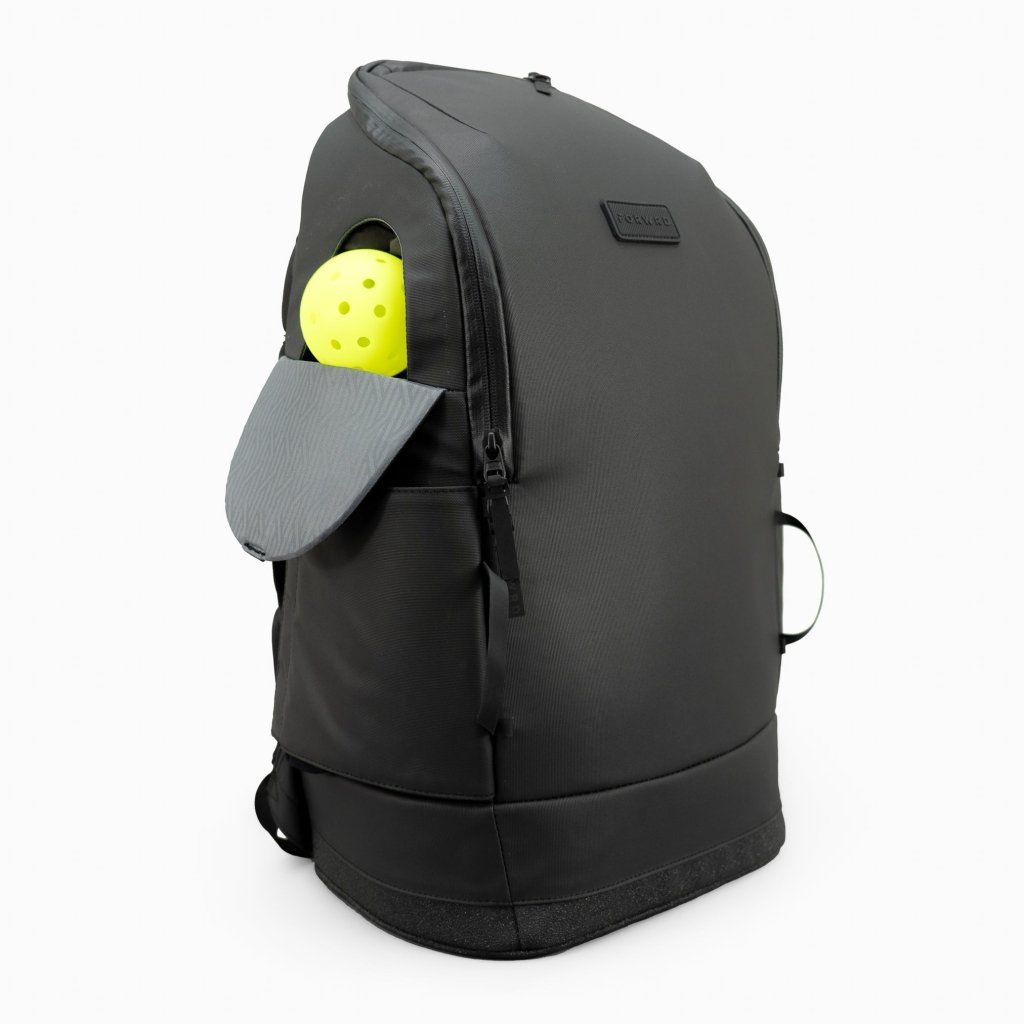
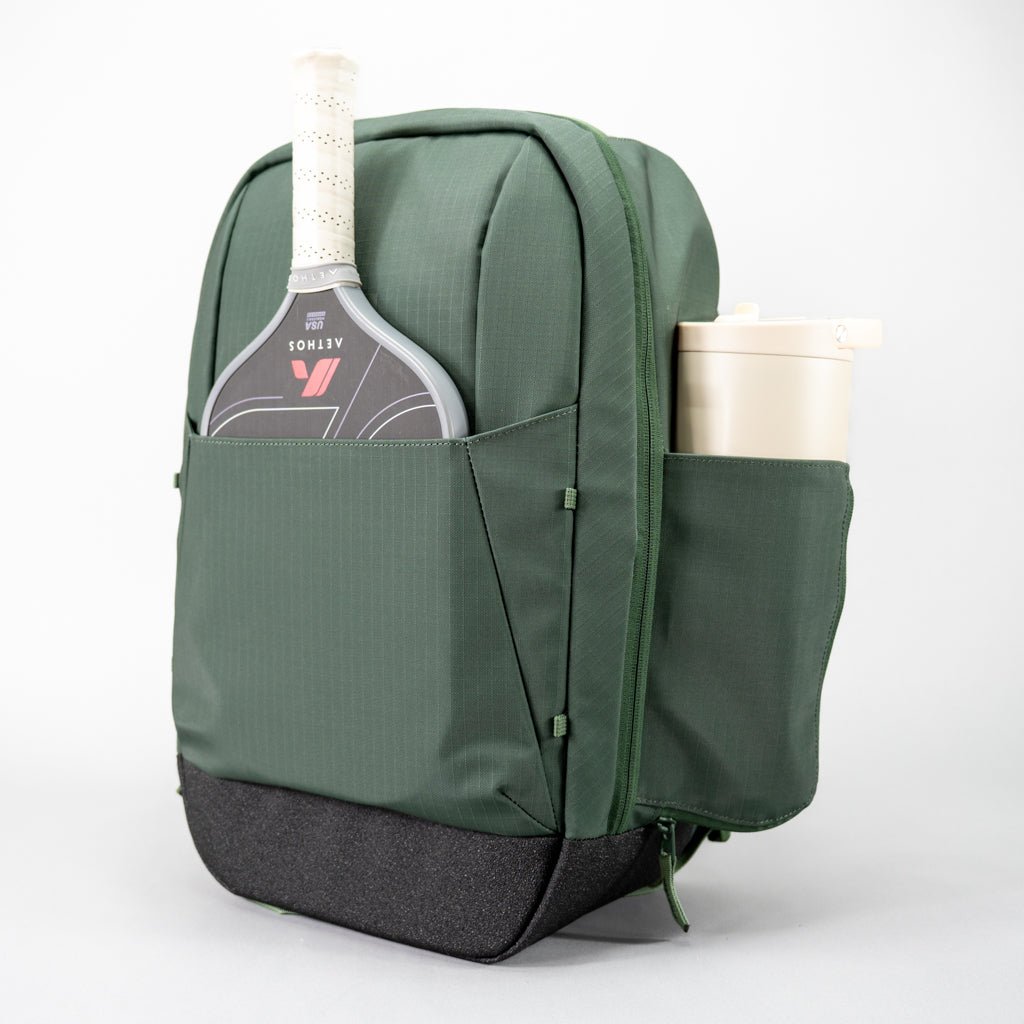


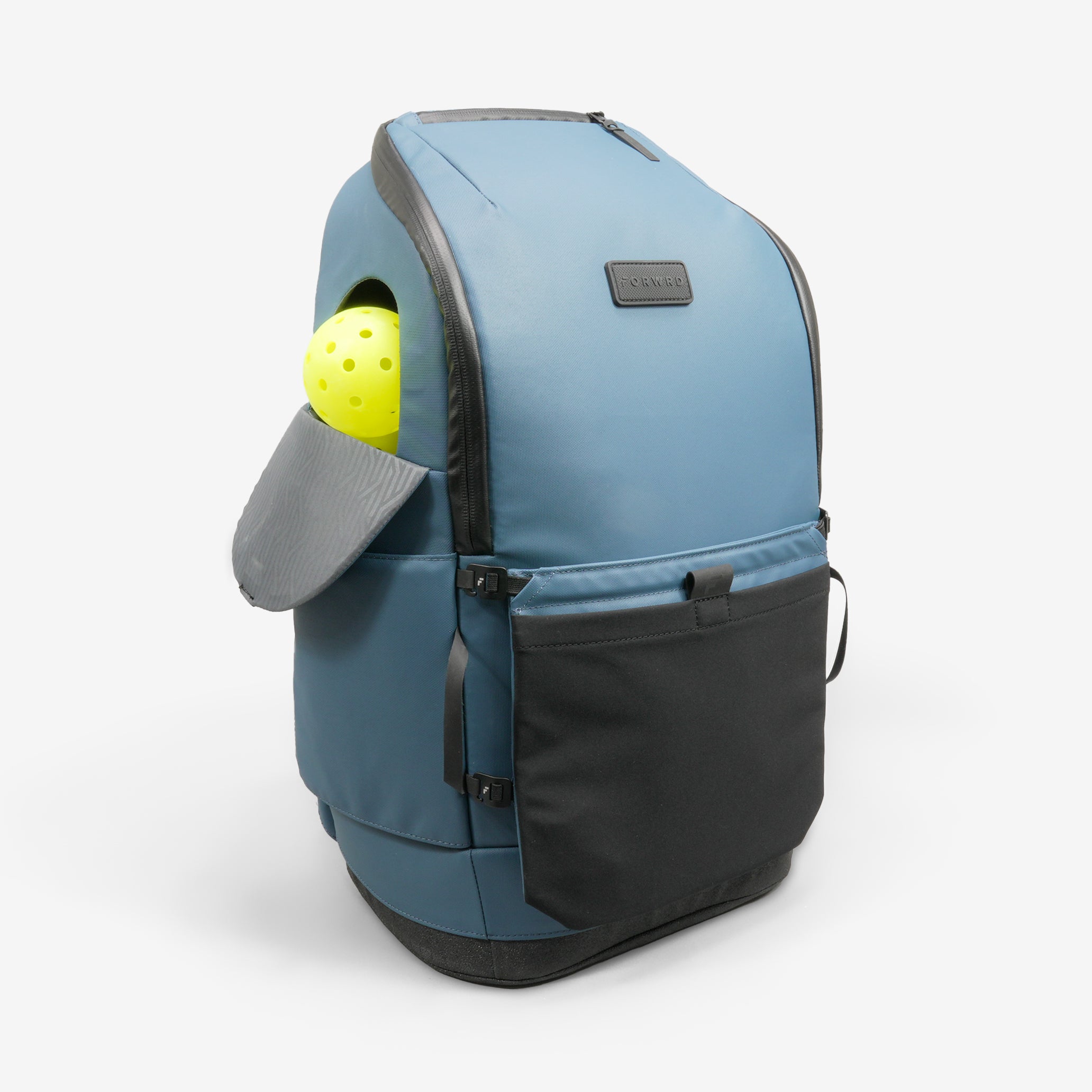
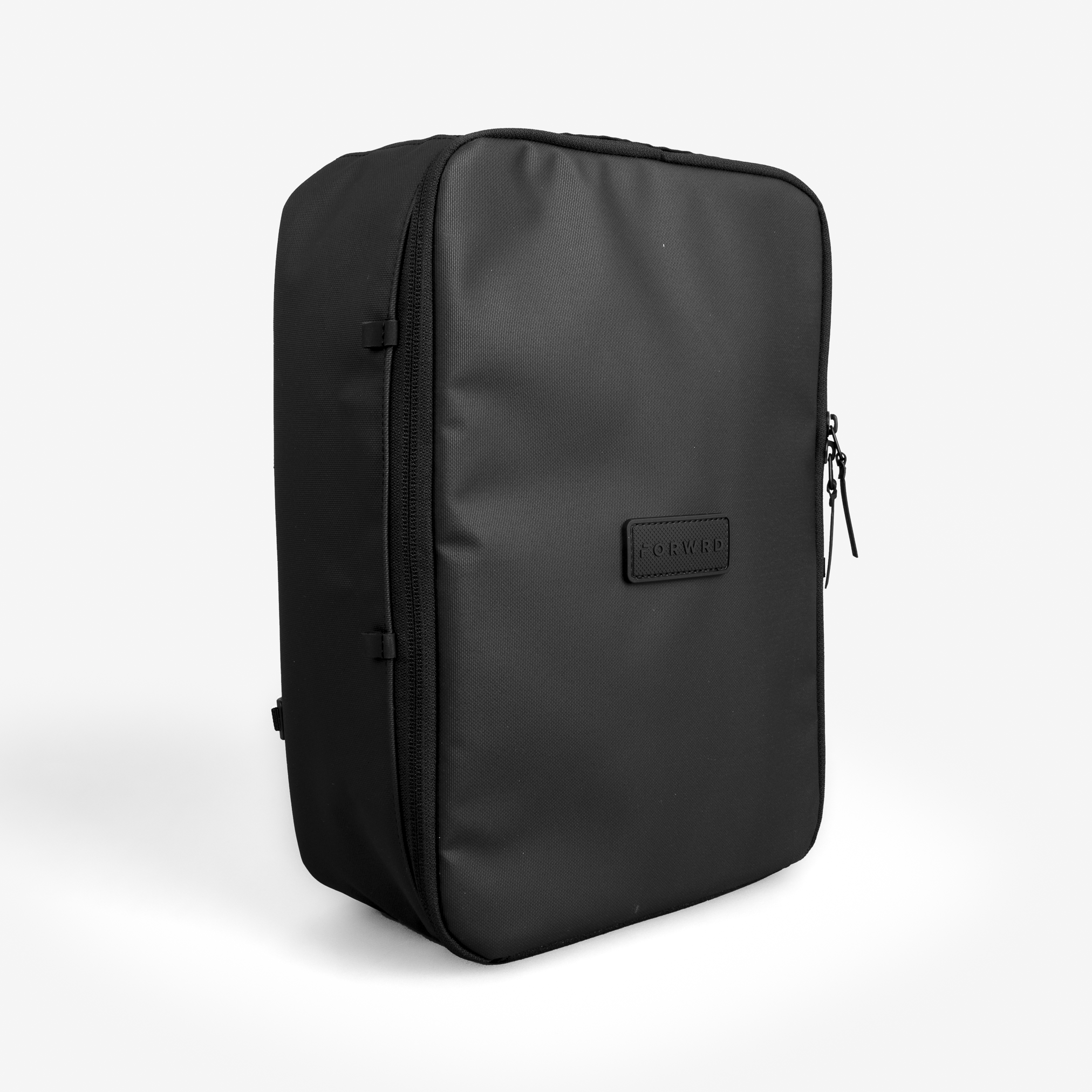
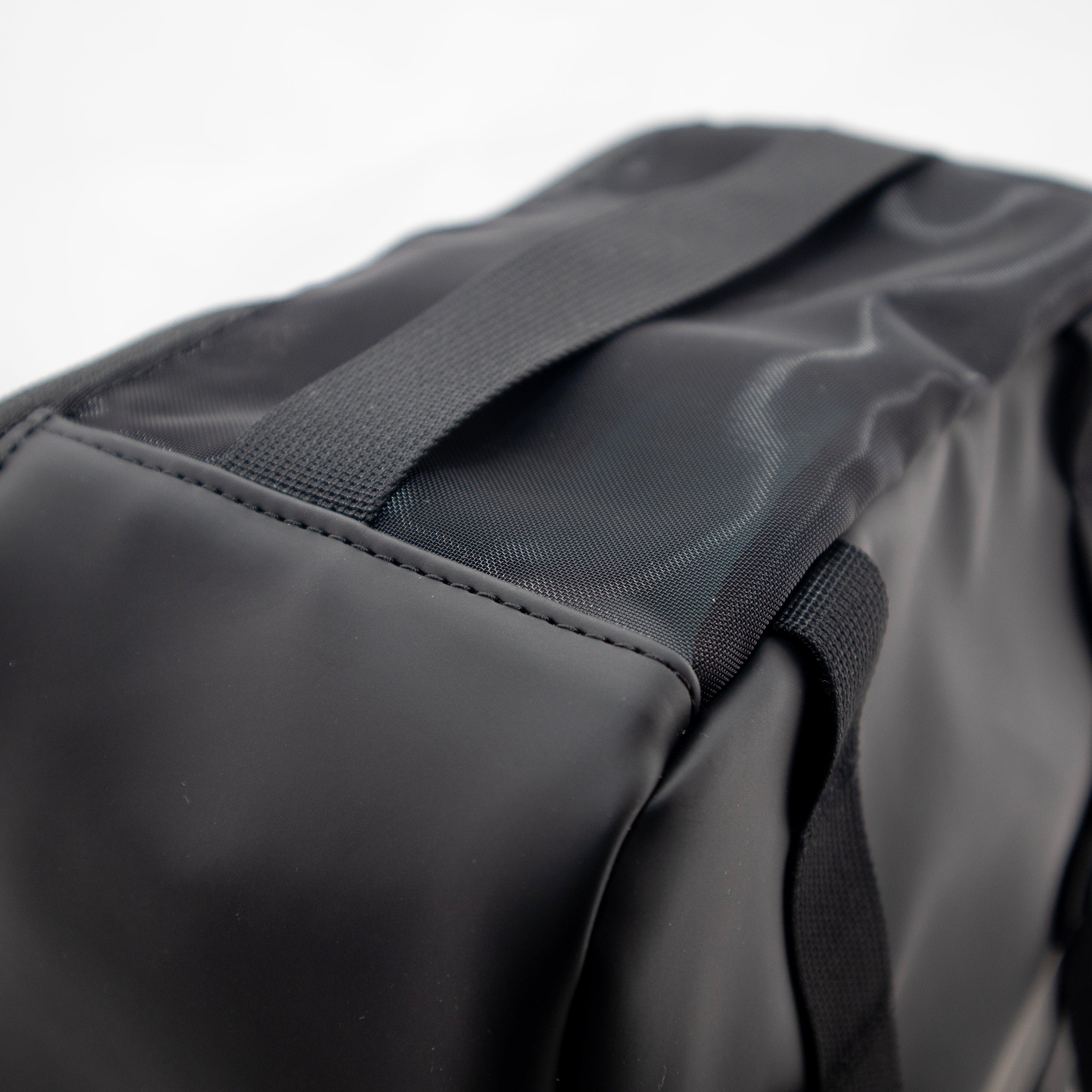


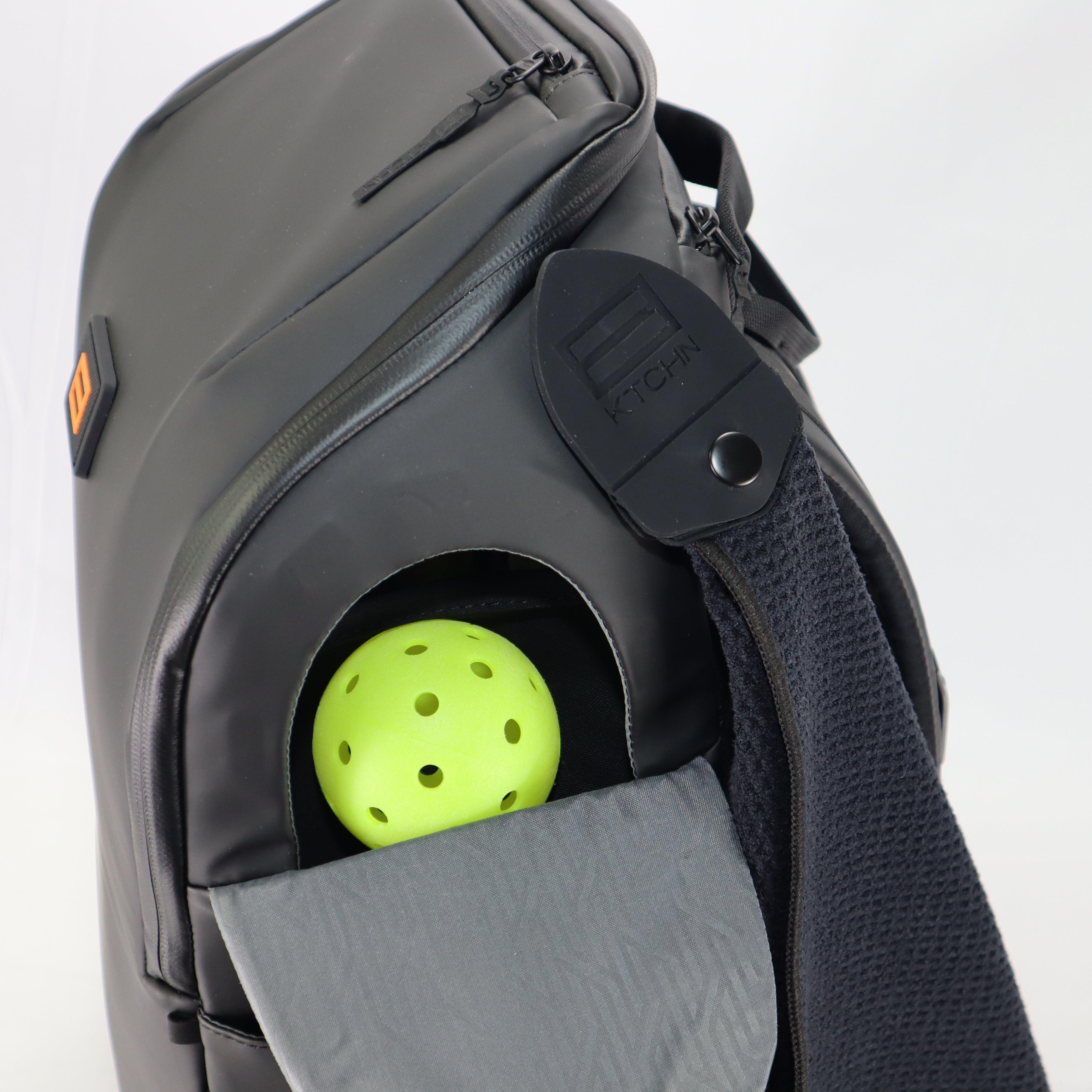
Leave a comment
All comments are moderated before being published.
This site is protected by hCaptcha and the hCaptcha Privacy Policy and Terms of Service apply.